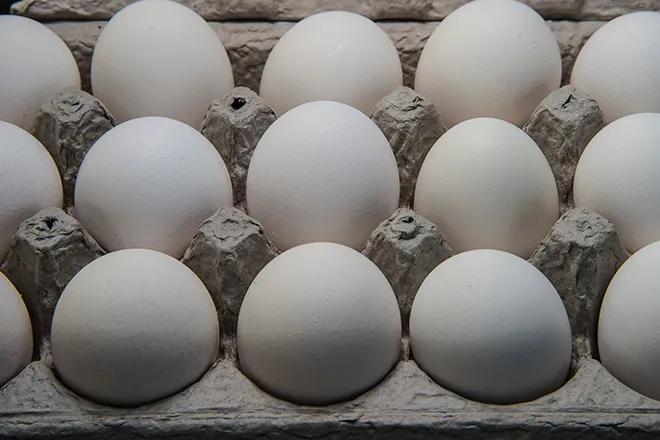
EarthTalk - What are softbotics and how can this emerging field help us?
© iStock
Dear EarthTalk:
What are softbotics and how can this emerging field help us better understand animal evolution and achieve our conservation goals?
James Penfield, Boone, IA
Soft robotics, AKA softbotics, an emerging field of robotics, is revolutionizing how we design and build machines. Unlike traditional rigid robots, soft robots are inspired by the flexibility and adaptability found in nature, such as in the movement of animals like octopi and worms. These robots are made from pliable materials that let them mimic the dexterity and agility of living organisms. This innovative technology is not only changing the landscape of robotics but also providing valuable insights into animal evolution.

iStock
At its core, soft robotics aims to replicate and harness the qualities of soft, living organisms to create robots that are better suited for complex, dynamic environments. Traditional hard, rigid robots are often limited in their ability to navigate and interact with unpredictable surroundings. Soft robots can bend, stretch, and deform, making them better equipped to handle real-world challenges.
In 2023, researchers at Carnegie Mellon University's Department of Mechanical Engineering, along with paleontologists from Spain and Poland, used fossil evidence to create a robotic replica of pleurocystitid, a marine organism that lived 450 million years ago and is thought to be one of the first echinoderms able to moving using a muscular stem. “We are building robot analogues to study how locomotion has changed," says lead researcher Carmel Majidi of Carnegie Mellon. “Many fundamental principles of biology and nature can only fully be explained if we look back at the evolutionary timeline of how animals evolved.”
The connection between soft robotics and animal evolution is evident when we consider how these robots are designed and built. Scientists and engineers draw inspiration from nature, studying the movement and behavior of animals to inform the design of soft robots. For example, an octopus' ability to squeeze through tight spaces and manipulate objects with its flexible tentacles has inspired the development of soft robots that can perform similar tasks, such as search and rescue missions in collapsed buildings.
Animals have evolved over the millennia to develop structures and behaviors that optimize their survival and reproduction. Soft robotics seeks to emulate these evolutionary solutions, creating machines that can perform tasks with a level of versatility and efficiency that was previously unattainable. Studying the biomechanics of animals like snakes, which move gracefully despite their lack of legs, has inspired the creation of serpentine soft robots that can navigate tight spaces and uneven terrain.
Soft robotics is not merely an attempt to mimic nature but a way to explore the principles that underlie the remarkable adaptations found in living organisms. This exploration can lead to breakthroughs in a wide range of applications, from medical devices to environmental monitoring and even space exploration.
One particularly exciting area of research is developing soft robots for use in ecological and wildlife studies. These robots can be designed to mimic specific animals, enabling researchers to observe and interact with wildlife in their natural habitats more unobtrusively. This has the potential to revolutionize our understanding of animal behavior and ecology by providing unprecedented insights into their lives.
CONTACTS
- 450-million-year-old organism finds new life in Softbotics, https://www.sciencedaily.com/releases/2023/11/231106202936.htm
- Carnegie Mellon Softbotics, https://engineering.cmu.edu/softbotics/index.html
- This Skin-like Robot Can Heal Itself, https://www.sciencefriday.com/segments/self-healing-robot-softbiotics/.
EarthTalk® is produced by Roddy Scheer & Doug Moss for the 501(c)3 nonprofit EarthTalk. See more athttps://emagazine.com. To donate, visit https://earthtalk.org. Send questions to: question@earthtalk.org.















